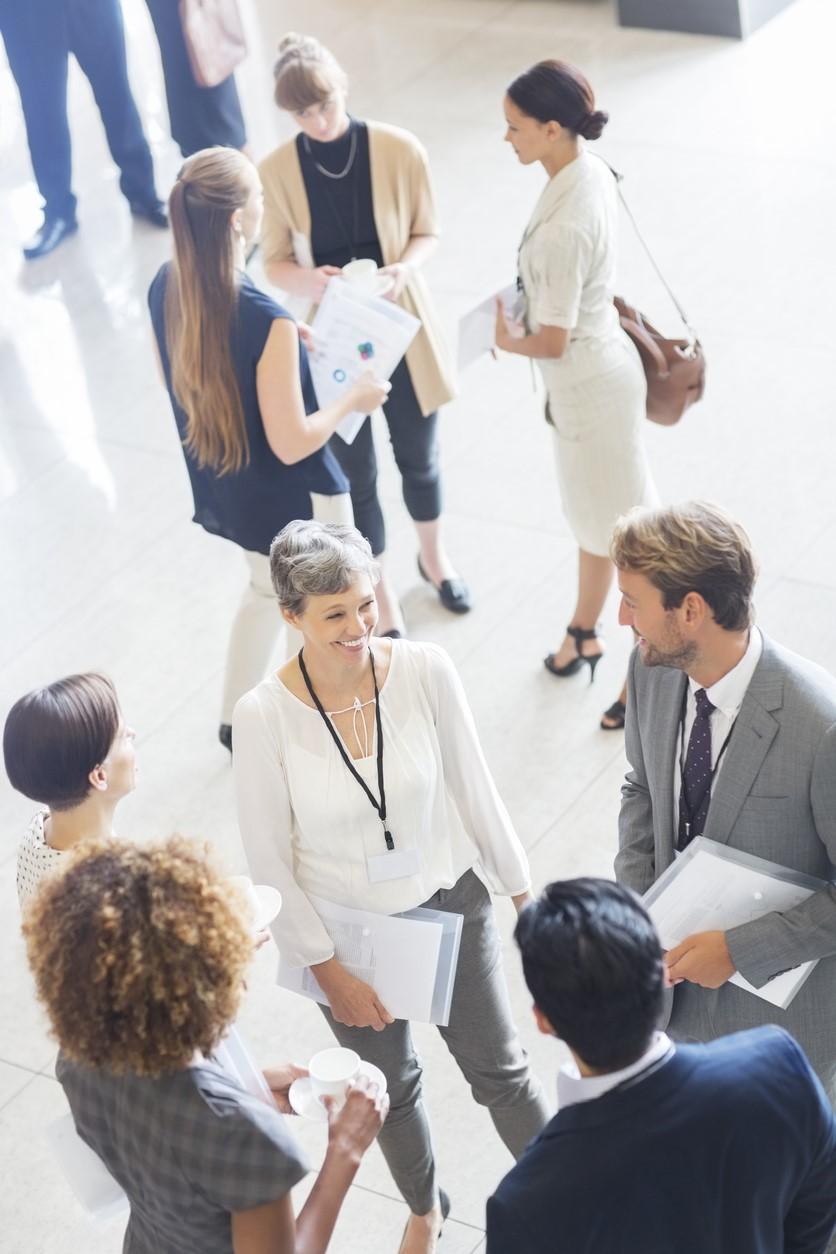Of attendees at the in-person 2022 German Society of Ophthalmology meeting who completed a survey 3 weeks later, 8% reported testing positive for COVID-19, according to a research letter published yesterday in JAMA Network Open.
A team led by Saarland University Medical Center researchers sent online surveys to attendees of the meeting, which took place during the SARS-CoV-2 Omicron variant wave. Held in Berlin, the conference was the first face-to-face meeting in 3 years due to the pandemic.
Infection-prevention measures such as COVID-19 testing, confirmed vaccination, and mask wearing were not required.
Previous infection appeared protective
A total of 1,709 of 4,463 attendees (38.2%) at the September 28 to October 2, 2022, annual meeting completed the survey. Among the 1,355 valid respondents, 109 (8.0%) said they tested positive for COVID-19, 88.0% of them in the first week after the meeting (median, 3 days).
Nearly all participants (97.8%) were vaccinated, and vaccination status was not correlated with a lower risk of infection during the meeting.
But previous infection was significantly associated with testing negative for COVID-19, while private lodging in Berlin was tied to a higher infection rate than hotel accommodations. Transportation type and the wearing of face coverings during travel or the meeting were not linked to the infection rate.
The study authors noted that the 8.0% positivity rate was higher than those from previous studies of COVID-19 rates after medical meetings (0.0% to 1.7%), which they said could be due to Omicron's higher transmissibility and ability to escape immunity. "The unique characteristics of Omicron and the lack of mandatory protective measures for the participants may have made our study more comparable to the current COVID-19 landscape," they wrote.
Community rates relatively low
COVID-19 rates in Berlin were relatively low during the conference (288.4 cases per 100,000 people per week), but the researchers pointed out the much higher rate of positivity among attendees staying in private accommodations.
The unique characteristics of Omicron and the lack of mandatory protective measures for the participants may have made our study more comparable to the current COVID-19 landscape.
"This finding could be related to being in close contact with family and friends compared with participants who stayed in a hotel and were relatively isolated," they wrote.
The authors said their results were limited by possible cases of asymptomatic, untested participants, a response rate potentially biased toward a higher rate of positive tests, and the lack of differentiation between type of face covering worn (ie, surgical mask vs N95 or FFP2-3 respirator).



















